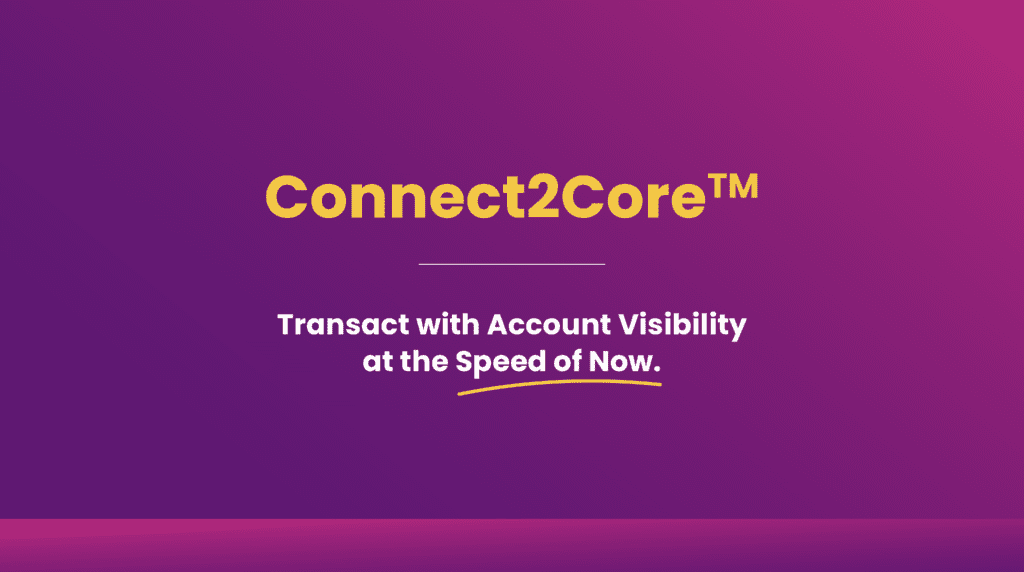There’s no shortage of scams affecting consumers and financial institutions alike when it comes to credit card fraud. According to the Federal Trade Commission, scammers ripped off Americans to the tune of $423 million last year through wire transfer fraud. Surprisingly, younger people, ages 20-29, reported losing money to fraud at an alarmingly higher rate than their 70-80+ counterparts—43% compared to 15%, respectively.
What is carding?
Carding is a fraud practice that involves purchasing prepaid cards with stolen credit cards. Once credit card information is verified, fraudsters typically purchase branded store gift cards to purchase goods or sell for cash. Carding has proliferated as we trend toward a cashless environment.
Before carders (fraudsters engaging in carding) can purchase prepaid cards or other goods, they must first obtain stolen cards or card information. This can involve a hacker who exploits weak points in security software and technology intended to protect card accounts, or who obtains card and personal information through other means. The hacker then sells the stolen card information to carders.
The impact of going cashless
We live in a cashless age, so as card usage continues its upward trajectory as the primary means of purchase for consumers, we can expect to see scammers and cyber criminals continue to develop new ways to illegally obtain credit and debit card numbers. Unfortunately, institutions and retail organizations are prime targets for fraudsters simply due to the sheer amount of “available inventory” of card information they have on file.
Staying one step ahead of cyber criminals is not easy, but here are a few steps you can take to help protect your borrowers and your institution:
- Monitor all transactions, including loan payments, for unusual activity
- Communicate fraud risk to your staff and your customers
- Review your institution’s payment processing controls such as:
- IP address blocking
- Maximum card transaction amount
- CVV2 mismatch
- Follow regulatory reporting requirements if a customer has been impacted
- Partner with a payments provider that invests in compliance and fraud detection
The fact is, financial institutions and borrowers alike will have to continue to remain diligent as cyber criminals become savvier. Remaining diligent can help protect your institution from reputational and financial risks posed by carding and other types of financial crime.



